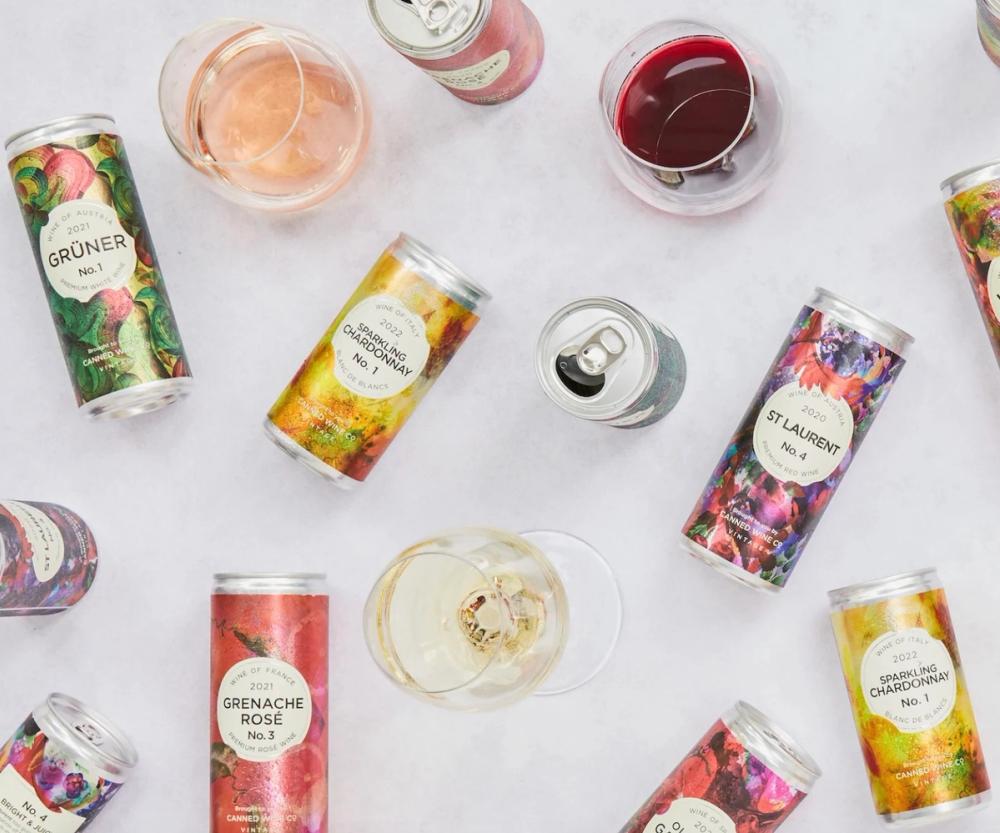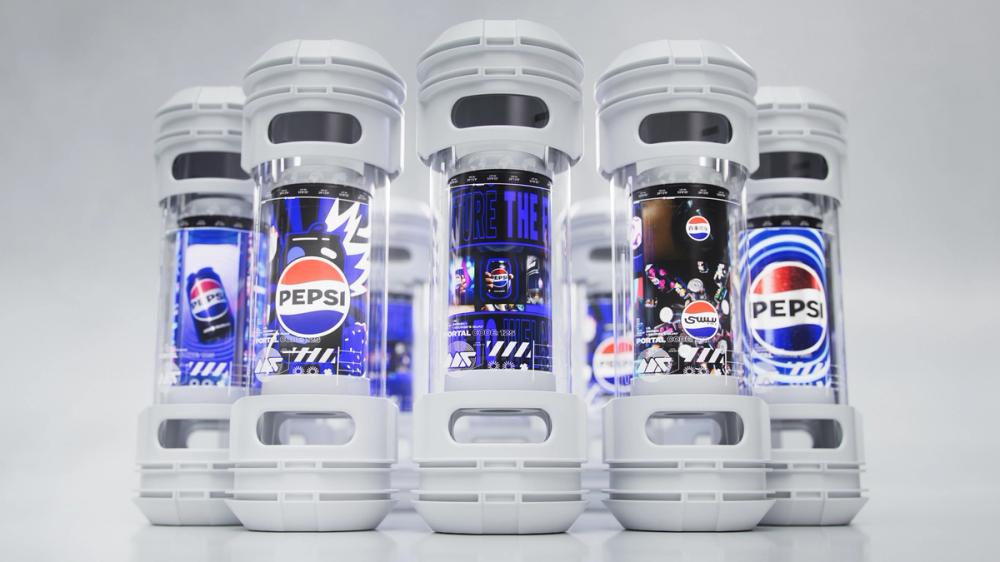What a difference the recent weeks have made to optimism in the UK. Whatever your politics, the new Labour government has kicked off their term with confident and bold decision-making. It feels like things are finally getting done, and to a tune of making things better, rather than demonising migrants or pandering to extremism. Much better to be shunning north sea oil in favour of solar power, or actually engaging with our NHS to try and proactively resolve years of pain.

Ben Franks says there is so much to be positive about the wine and wider drinks industry
Maybe it is premature to celebrate – this is politics after all, and the honeymoon period of new government will end at some point. Let’s just hope that when the popular applaud dies down, the government keeps focused on the push for better. But that is certainly something we can relish and learn from in the wine business and start to implement more: bold, visionary decision-making.
The wine trade anecdotally moves slowly. If you spend any time in alternative formats – or ‘future formats’ as we like to call them at Canned Wine Co. – it won’t be long before someone will tell you the wine trade has ‘only just gotten used to screwcaps’.
While that transition might have felt slow and, to those outside of wine beguilingly insignificant, we are currently living in a golden age of innovation in wine.
Packaging is having a whirl at the moment, with the quality showing up in bags, cans, pouches and kegs higher than ever before and with producers agreeing to lighter and lighter weight glass bottles. Not only does this mean our packaging grows more sustainable, but today the consumer has a plethora of choice for all occasions, whether you want a glass of wine kept fresh straight out of a can in a cinema, a bottle of something special in your local restaurant, or you’ve ordered a box of your favourite in for the family and friends BBQ.
Innovation through the supply chain

Ben Franks is looking to do his bit in terms of driving the category forward with the Canned Wine Co and its focus on innovative and convenient wine packaging
But the innovation goes well beyond packaging. I’ve seen through our own supply chain and through a decade of buying wines and creating spirits that those producing drinks are problem-solving at a rate akin to other fast moving consumer goods. The times we’re in are fraught in some ways, but they’re also at their most exciting.
In the vineyard, grafting and canopy management, soil regeneration and mechanisation, and data-driven understanding of the lands you look after and the vines you plant have led to differing schools of thought and an explosion in experimentation. The dangers of climate change and the risk to yields has forced decisions to be made that might have taken decades before, while new generations with a love for nature and a passion for sustainability have driven change further.
What’s more, in a culture where people drink less mass-produced quantity is less and less appealing. Quality starts to become more important. Quality demands bold moves. Quality, whether you like the style or not, gave birth to natural wines. Some talked about health and additives, but most talked about being truthful to the place, the variety and the vintage.
Like all great innovation, some examples were lazy, some were still learning, others were good, and some were genius. For the consumer? It meant more choice, more to explore. That’s never a bad thing.
Open for debate
Conversations have gotten more interesting too. From sustainability discussions in the Sustainable Wine Round Table, particularly their debates on viticulture and the Global Reference Framework for defining sustainability, to the empowered women in wine movement led by Queena Wong’s Curious Vines, especially in her work with Proof Insights to show the issue of sexism in the wine trade. The response from the trade to implement change in better sustainability and more inclusivity as a result of these discussions is motivating and we need to ensure those discussions keep happening. We can’t lose momentum because we must make the wine trade better for those to come.
In the tech sphere, app start-ups like Bowimi are streamlining field sales and populating prospects with the help of AI; Bottlestudio, another example, is helping producers create lists and presentations with the assistance of AI, from tech sheets to shelf talkers.

The wine industy needs to look at what is happening in other grocery categoeris - like soft drinks and the new smart can from Pepsi-Cola - to see what is now possible with packaging and innovation
Don’t forget the originals, Vivino and Wine-searcher, that continue to be useful tools to those in the wine trade. Recently, at Cannes Lions, a Pepsi ‘smart can’ was revealed, wrapped in in a flexible 3D high-def screen to help the brand tell its story; and similarly wine itself was an early adopter of augmented reality to help with label storytelling, whether it was cocktail inspiration visually displayed off a label, or 19 Crimes with its stories of the infamous. Whether you like these ideas or not, they’re popping up everywhere – and while none are perfect, they are failing fast and innovating quickly. 19 Crimes today is one of the world’s biggest wine brands.
Being decisive
What I’d love to see more of in our industry is decisiveness. Consumers are ready for it. The challenge is the gatekeepers. Those who guard the gates aren’t exclusively of the old guard, either. It is a cultural issue, systemic in particular to distributors who these days do less and less in servicing accounts as costs spiral and their employers struggle to make ends meet.
The challenge with big logistical behemoths is they tend to get both sore ends of the stick – the customer complaints and the tight margins. This has led to an epidemic of poor servicing, where the only innovation in ‘business as usual’ is in cost-cutting. Thankfully, the epidemic is starting to be squashed.
It has been exciting to see the steady rise – and eventual acquisition – of Hallgarten, where bold buyers like Steve Daniel can wave the flag for Chile and Greece, bringing colour to an already diverse and exciting UK wine scene and where the business of looking after your accounts is a special and close one.
There’s also North South Wines, led by the inspirational Kim Wilson, whose plethora of wine brand partnerships has boomed in upscaling the quality of the everyday and the special, driven by a demand of less but better wine. Small, passionate wine importers are resilient in the face of Brexit, leaning into niches and fighting on cash-strapped to share the very best, undiscovered wines.
Then you have those that graduate a little closer to the big guys, like Wanderlust Wine or the Graft Wine Company , both bringing something different and exciting to the playground and juggling a mix of on- and off-trade demand.
When you’re not defending at the top of the hill, you’re innovating to climb up it. Oftentimes, getting up the hill demands collaboration, and – whether it’s a bottle of wine or the latest innovation in the wine business – sharing is one of the joyous things about our trade.
This pursuit of innovation, and the way it empowers start-ups, spin-offs and wine businesses to problem-solve, has the beginnings of a buzz. It’s a way of generating passion around the business of wine and changing the tide on the doom and gloom of jaw-dropping drops in consumption and lakes of unsold wine. Instead, a producer, retailer, communicator or consumer can enhance their experience around wine in different ways, and ultimately sit back and sip on something better - for the planet, the producer, and the drinker.
* You can find out more about what Ben Franks is doing at the Canned Wine Co at its website here.
































